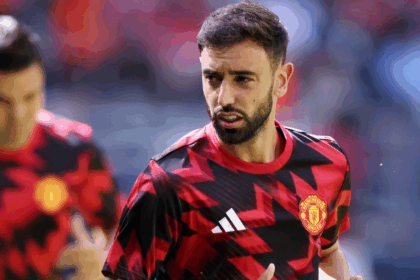Luca Marini thinks that intentionally trying to follow other riders during a MotoGP time attack doesn’t offer any technical benefit and can actually hurt performance. Honda riders maintain that modern bikes, which rely heavily on aerodynamics, are faster when ridden in clean air, and the main advantage of chasing others is the mental boost from having a competitor to pursue.
Marini explained, “Following someone is more about emotion, but technically it’s less effective.” He added that thanks to aerodynamic advancements, the bike performs well even when riding alone. While riders may feel motivated when lining up behind others for time attack laps, the reduced downforce and front-end stability from riding in dirty air can negatively impact performance.
He noted, “If you need a mental boost or motivation, chasing someone during qualifying laps is helpful. But riding solo allows the bike to perform at its best. So, going alone is always better when aiming for pole position.”
The Italian also mentioned that riders often post impressive laps while chasing others but tend to outperform them later when riding alone. This idea is supported by the usual gaps seen between riders during MotoGP races. Marini said, “When racing, the gap between bikes is roughly a second because the bike works better when you’re some distance away from the rider ahead.”
He explained that following closely leads to a loss of aerodynamics and increases front tire temperature and pressure, which is generally a disadvantage. However, in cooler conditions like the Valencia finale, riders could maintain front tire temperature by staying close behind another bike.
Fan Take: This insight from Marini challenges the long-held belief that drafting is always advantageous in qualifying and racing. For fans, it highlights the evolving technological impact on race strategies and suggests that pure riding skill and solo pace might increasingly dictate success in MotoGP.



